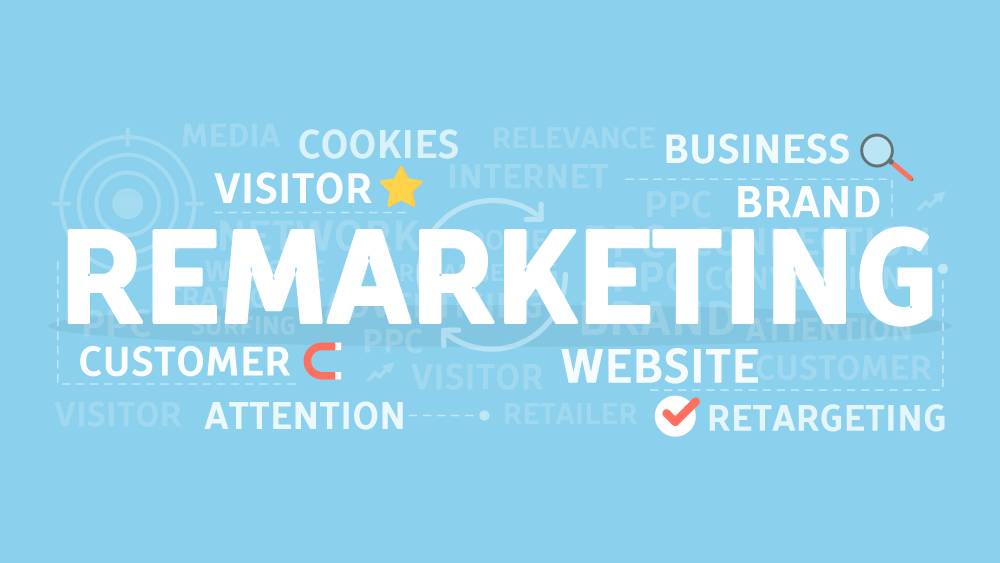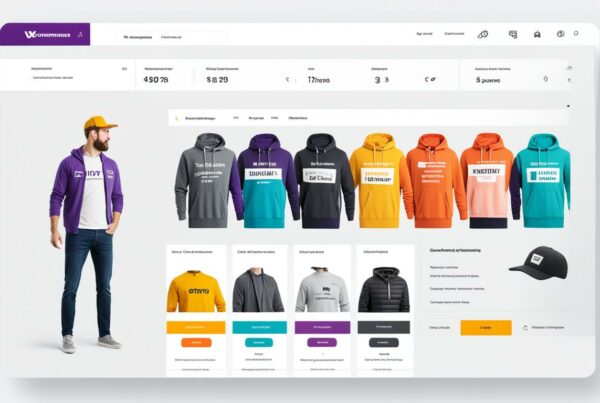Disclaimer: everything in this article assumes that you have taken all the legally-required steps on your website, mailing lists and social media channels to obtain permission to contact users and clients to comply with GDPR.
What is it?
Remarketing and retargeting are the ability to chase your potential customers across the internet.
Technically, retargeting is a subset or example of remarketing.
Remarketing is promoting products to the same user more than once. As such, it takes in a vast array of tactics.
Retargeting is specifically geared to online behaviour, and is concerned with PPC and display ads, using cookie and display ads. It helps users find their way back to your site, once they have visited, but also identifies potential customers by analysing their online behaviour to predict their interests – it can even spot users browsing your competitor’s site and lead them to yours! So, it also leads warm leads to your website for the first time.
Why Is It Important?
If you have a physical shop, you will know the frustration of visitors popping in, browsing around and then leaving without buying anything. Maybe you got a chance to talk to them before they left, maybe you didn’t. Online, 70% of sales are abandoned before purchase.
According to Google’s own data, only 2-4% of site visitors actually buy anything!
Now, imagine you got the superpower that, wherever in the world these customers went after leaving your shop, you could “coincidentally” bump into them and have a chat about the products they were looking at. Not bad, eh? You would certainly convert more of those potential purchases to good, cash sales!
Now, imagine you got an extra superpower, that allowed you to magically appear and start talking about YOUR shop to anyone who had been to a COMPETITOR’S shop!
How Do I get These Superpowers?
The Abandoned Cart
The most obvious and straightforward tactic is to email everyone who got as far in the shopping process as leaving their details. This is just good old-fashioned customer service, you should be doing it as a matter of course, and you can do it yourself.
You could include an incentive special offer for users to complete their purchase: 10% off, free delivery or accessories, or similar.
You can set a pre-determined schedule of follow-up reminders if they don’t complete their purchase, with warnings that the special discount is about to expire.
The clever stuff
To have Internet users targeted with relevant and appropriate ads for your site, you’re going to need some help.
You need a pixel on every page of your website that will track your site visitors once they leave your site. Google AdWords is the big player here.
The first step is to set up a Google AdWords account, if you don’t already have one. This brings a lot of advantages in other areas, too: see our PPC article.
Open your AdWords account, check the Remarketing box in your Shared Library under Audiences and create a remarketing list with the Tag Details option – this tells Google which site visitors you want to target, eg: Customers who started but did not complete a purchasing process (abandoned carts); landed on a page but did not see the page(s) you want them to ; or did not opt to sign up when visiting.
Google then generates a tag (pixel) for you, your website developer or your technical team to install on each page of your website.
Google will then drill down further, allowing you to target only visitors on your website, your app, your YouTube channel or your existing email list. For the latter, you’ll need a minimum of 1,000 GDPR-compliant addresses.
You can further refine for people who visited between certain dates, who visited certain pages only, etc. and keep drilling down to make the parameters ever tighter and more specific. These decisions are best left to make between you and your marketing team.
Then you need to set keywords and decide how much you want to bid. You can set a different ceiling for viewers on your remarketing list and those not on your list
The really clever stuff
Want to target people who visit your competitor’s site? Google Adwords Custom Affinity Audience allows you to do that, too.
You can even specify which pages on your competitor’s website you want to target!
Again, you’ll need an existing Google AdWords account.
When you log in and create or edit a Display-only campaign, you can choose Customer Affinity Audiences under Interests and Remarketing. From there, you can add the URLs you want to target, right down to the specific page of a website.
Important note: Google knows what it’s doing – it doesn’t collect any user data that would contravene GDPR, thus keeping you and it safe. As long as you follow your GDPR protocol you are in the clear.
However, there are risks
You can keep yourself on the right side of the law but you could still alienate existing and potential customers, who might (wrongly) suspect that you are invading their privacy and holding personal information about them.
If they see the same ad many times in a day, it may become a turn off. Too much of a good thing becomes overkill. The received wisdom is that seeing an ad more than 5 times in a day annoys customers. Seeing it as many as 10 makes them angry.
If you have a relatively low daily budget, this is unlikely to be a problem. If you are a big player, allocating £1,000/day, it is something to worry about.
Dos and Don’ts
Do think carefully about your keywords – the same principles apply here as for Pay Per Click
Don’t stalk your visitors all over the Internet – you’ll alienate them
Do set a frequency cap on how many times each individual will see your ad. You can refine this by per day, week, month, etc.
Don’t Forget about GDPR and Privacy Settings. You will incur the wrath of your customers or the government, or both.
Do try to refine your targeting as much as possible – separate ads depending on behaviours (abandoned cart vs site visitor vs visitor to competitor site, etc) and demographics – personalisation is your ally
Don’t forget to continuously monitor and refine your campaign in the light of results and analytics
Do think about time of day your ads will be shown. Research your Google Analytics data to help you choose the best times.
Don’t be shy about asking for advice or assistance. Re-Targeting is potentially very powerful, but you could spend a lot of money in trial and error campaigns before hitting the sweet spot. Maybe the outlay for a professional marketing company could save and make you a lot more.
Internet Creation Ltd. specialises in Web Design & Development, Graphics Design and Digital Marketing (SEO & PPC). For more information on how we can help your business, email [email protected].






